The Seven Pillars of Modern Data Engineering Excellence
In the ever-evolving landscape of data engineering, where the volume, velocity, and variety of data continue to surge, the need for mastery in this field has never been more critical. Here, I delve into what I like to call “The Seven Pillars of Modern Data Engineering Excellence,” inspired by my extensive experience with Python, Snowflake, Databricks, pipelines, and AWS tools for data movement.
Pillar 1: The Art of Data Flow Optimization: Mastering the Energy of Data
In the intricate world of data engineering, the metaphor of a master plumber isn’t far-fetched. Just as a plumber understands the flow, pressure, and temperature of water, a data engineer must grasp the “energy” of data – its flow, where it clogs, and how it can be managed for optimal performance. Here’s an in-depth look at how to master this art:
Identify Where Data “Pressure” Builds Up (Bottlenecks)
Like water in pipes, data can congest at points where the system’s capacity to process or move data is outstripped by demand. To locate these bottlenecks:
- Use Monitoring Tools: Employ AWS CloudWatch or Databricks’ monitoring capabilities to track performance metrics. Look for spikes in CPU usage, memory, or disk I/O that coincide with data processing tasks.
- Analyze Logs: Regularly review logs from your data pipelines to identify where operations are taking longer than expected. Tools like ElasticSearch for log aggregation can be invaluable.
- Benchmarking: Conduct synthetic tests or use real-world data to benchmark your system under various loads. This can help identify weak points before they become issues in production.
Design Systems That Self-Regulate Under Varying Loads
Data flow should adapt to demand, not vice versa. Here’s how to achieve self-regulation:
- Auto-scaling: Implement auto-scaling on AWS services like EC2 or use Snowflake’s dynamic scaling capabilities. These ensure your system can handle sudden spikes in data volume without manual intervention.
- Elasticity in Data Processing: Use tools like Apache Airflow or AWS Step Functions to dynamically adjust the number of tasks based on workload, ensuring your pipelines are neither over nor under-resourced.
- Adaptive Algorithms: Write Python scripts that monitor system performance and dynamically adjust data processing strategies, like batch sizes or parallel processing levels, based on current load.
Create “Pressure Release Valves” (Failover Systems) for Critical Pipelines
When data flow becomes critical, having a backup plan is essential:
- Redundant Data Paths: Design your data pipelines with redundancy. If one path fails, data can automatically flow through another. AWS Route 53 can manage DNS failover, ensuring traffic is rerouted to a secondary system.
- Data Lake as a Safety Net: Store data in a data lake using S3 or Delta Lake on Databricks, where it can be reprocessed if a pipeline fails, acting as a buffer or “pressure release valve.”
- Real-Time Failover: Use AWS Lambda for serverless failover mechanisms or implement a job queue system that can redirect tasks to another service if one fails.
Monitor the “Flow Temperature” (Latency and Throughput)
Understanding and monitoring how “hot” or “cold” your data flow is in terms of latency and throughput is crucial:
- Latency Monitoring: Use tools like AWS X-Ray for tracing requests through your system to identify where delays occur. Python scripts can also poll services for response times.
- Throughput Analysis: Keep an eye on how much data your system processes over time. Tools like Databricks’ Spark UI or custom Python scripts can help visualize this flow.
- Alert Systems: Set up alerts using AWS SNS or custom Python notifications when latency or throughput deviates from expected norms, ensuring you’re always aware of your system’s health.
In essence, mastering the art of data flow optimization involves becoming a connoisseur of data’s behavior, much like a plumber with water. By identifying bottlenecks, designing for flexibility, ensuring fail-safes, and constantly monitoring the health of your data pipelines, you can ensure that data not only moves but flows with efficiency and grace through your systems. Remember, in data engineering, the goal is not just to move data but to orchestrate its journey through your digital landscape with the precision of an artist.
#DataFlowOptimization #DataEngineering #RealTimeData #PipelineOptimization #Latency #Throughput #FailoverSystems #ScalableSystems #AutoScaling #TechInnovation #DataPipelines #RealTimeAnalytics #PerformanceOptimization #StreamingData #LatencyReduction #AutoScaling #InfrastructureInnovation #TechEfficiency




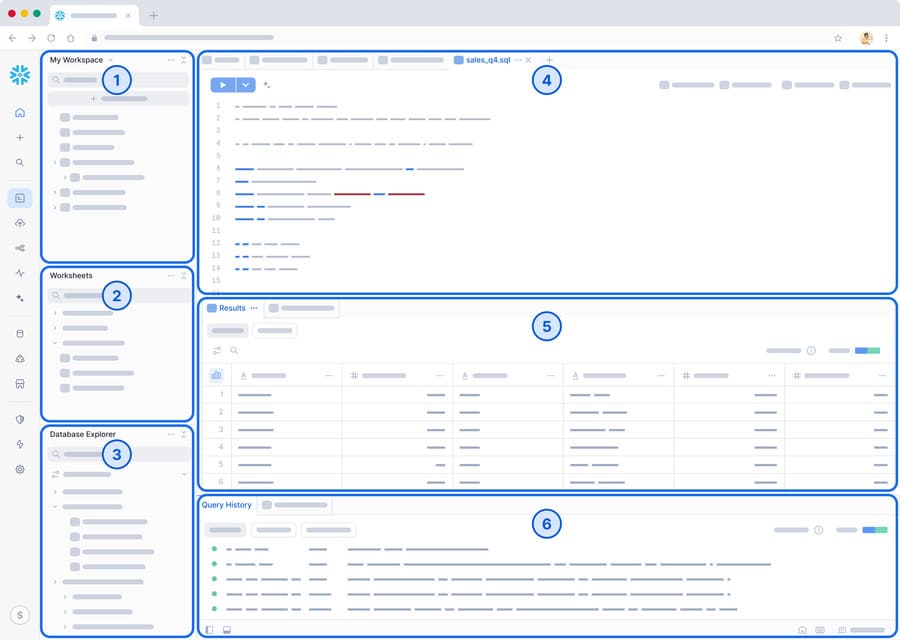

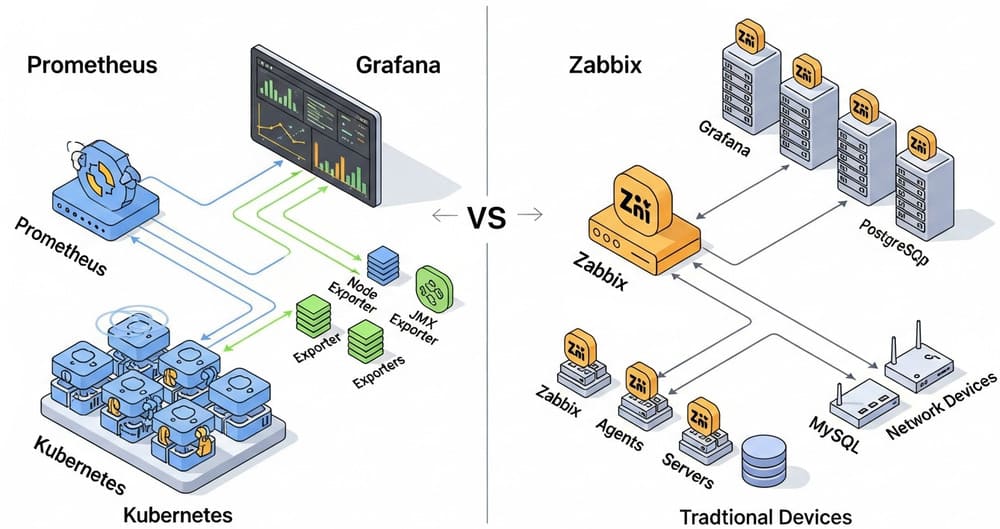
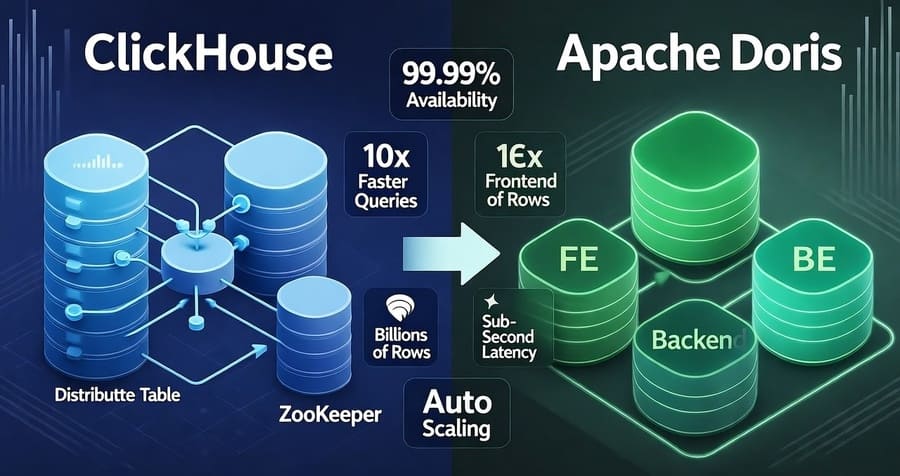
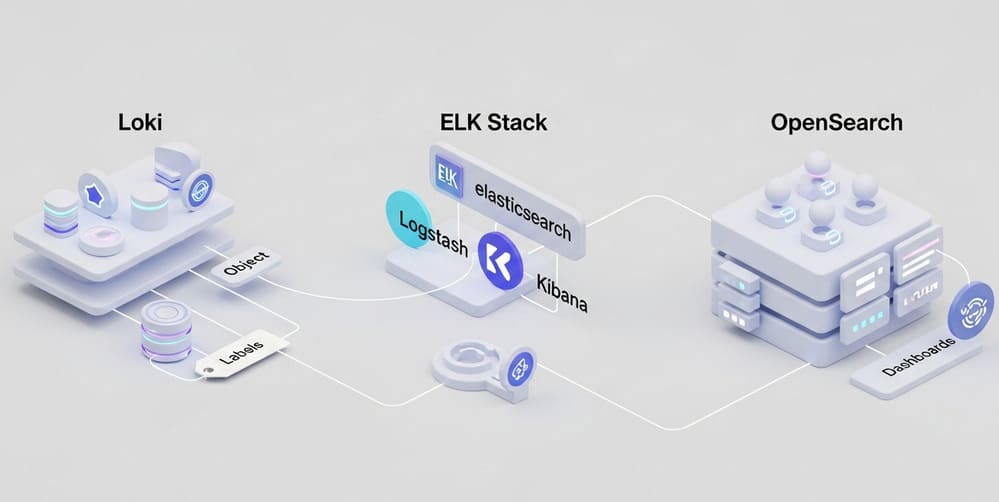
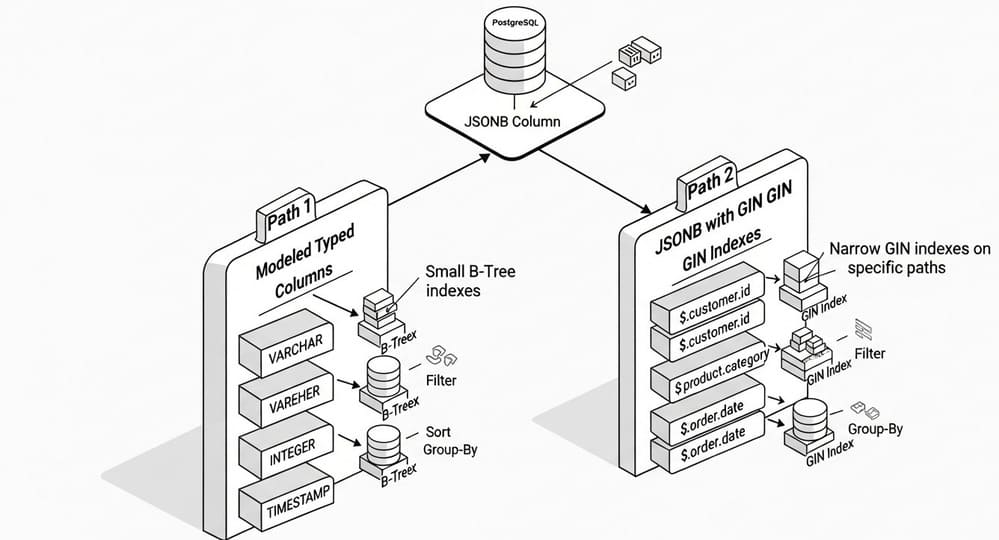
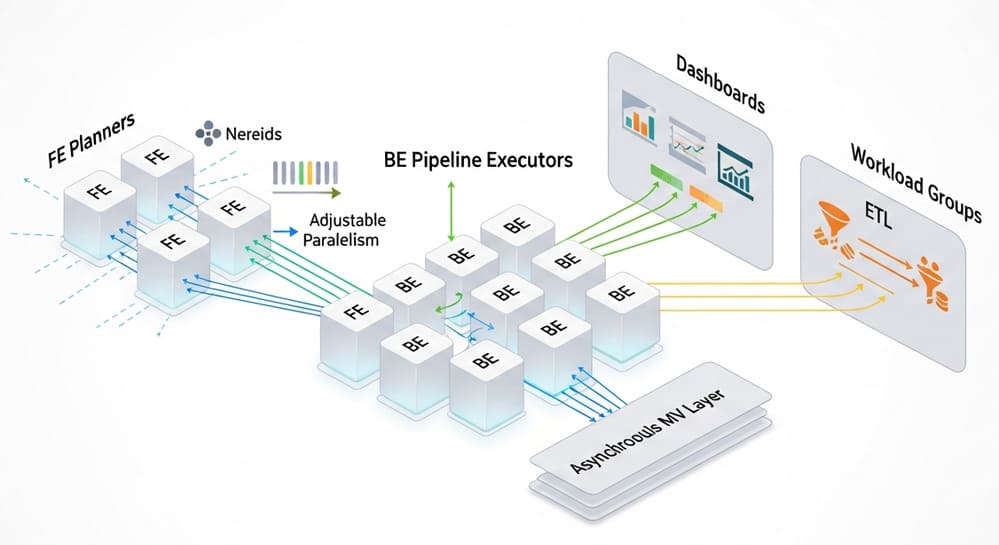



Leave a Reply